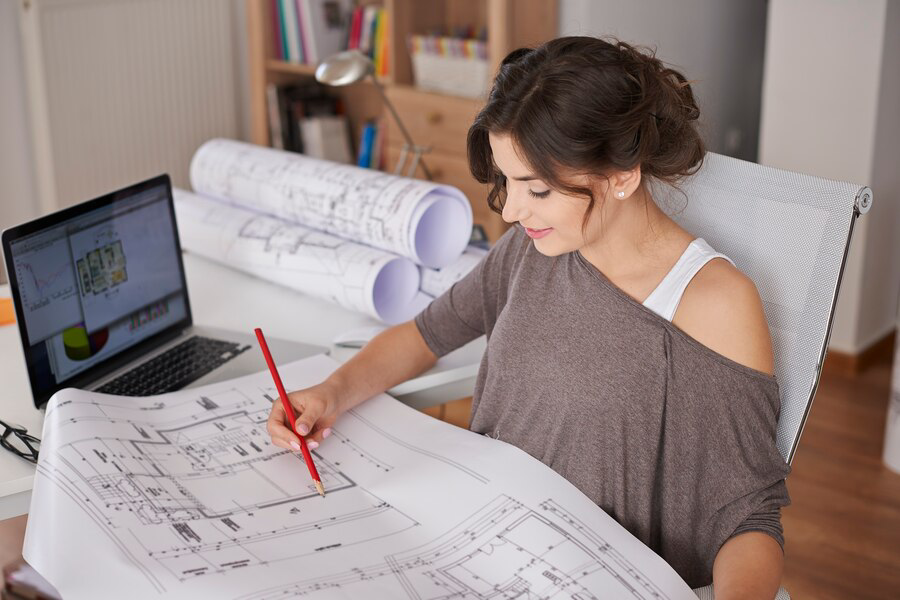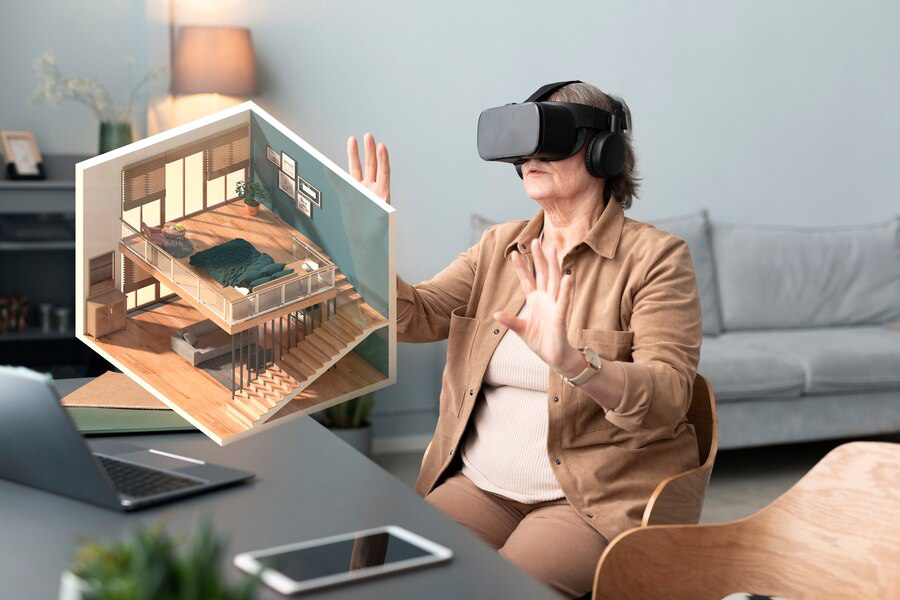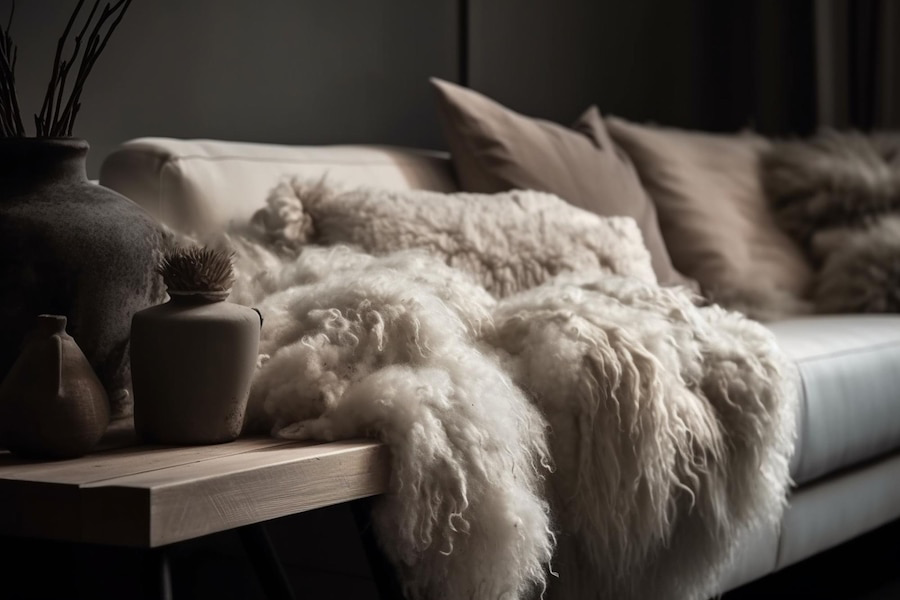The Silent Influencer: Understanding How Furniture Dictates the Mood of a Room
As we step into the realm of interior design, I am thrilled to guide you through an exploration of the subtle yet profound impact that furniture exerts on the ambience and emotions within our living spaces. In the design world, where colours, patterns, and layouts often take the spotlight, we overlook the unsung hero — furniture. This article delves into the artistry of interior design, focusing on how furniture, often perceived as functional entities, becomes a silent influencer, weaving a narrative that extends beyond aesthetics. Drawing from my extensive experience as a professional in the field, I invite you to embark on a journey beyond the surface level of design. Together, we will uncover the nuanced ways in which furniture shapes the emotional resonance of a room, exploring the symbiotic relationship between form and function, the strategic placement of elements, and the timeless allure of well-chosen pieces. Whether you are a seasoned design enthusiast or looking to infuse fresh vitality into your living space, “The Silent Influencer” aims to provide insights that transcend the ordinary. Join me as we unravel the secrets behind the expressive power of furniture, transforming spaces into captivating stories that resonate with your unique essence. The Emotional Palette: Colors and Textures Have you ever wondered why certain rooms feel calming while others energize you? It’s all about the emotional dance of colours and textures. Imagine your furniture as the artists on this canvas. The warm hug of a well-chosen colour or the soft caress of textured fabric can dramatically sway the emotional tone of a room. Consider this: a vibrant red sofa injecting energy into a living room or a plush, neutral-toned chair inviting you to unwind. Each piece speaks a unique emotional language. As an interior designer, I’ve witnessed firsthand how the right colour and texture choices can turn a space into an emotional haven. The Marriage of Form and Function Design is not just about looks; it’s about how a space feels. Picture this: a beautifully crafted coffee table that’s visually pleasing and practical, providing a surface for shared moments and cherished memories. Beyond aesthetics, furniture is a functional embrace, cradling our daily lives. Oh, sweet comfort, comfort is a design element that shouldn’t be underestimated. A cozy armchair or a sumptuous sofa doesn’t just add to the visual appeal but becomes a sanctuary, influencing the emotional well-being of everyone it embraces. In my journey as an interior designer, I’ve learned that a harmonious blend of form and function is the key to crafting spaces that resonate emotionally. Spatial Choreography: Placing Furniture for Emotion Let’s talk about the choreography of space. Have you ever walked into a room and immediately felt at ease? That’s the magic of furniture placement. It’s like orchestrating a symphony where each piece plays a crucial note. The furniture arrangement impacts the energy flow, guiding the occupants through an emotional journey. Consider the strategic placement of a statement piece—maybe a bold accent chair or a captivating artwork. These focal points are not just visually appealing; they become emotional landmarks, directing the room’s mood. As an interior designer, I often arrange spaces to create a harmonious dance between furniture and emotions. Timeless Elegance vs. Trendy Allure Trends come and go, but emotions linger. How do you strike the right balance? Picture this: a trendy piece that catches your eye in a showroom. Exciting, right? But will it stand the test of time emotionally? That’s the million-dollar question. As an interior designer, I guide my clients to embrace trends wisely, weaving them into a timeless tapestry of emotional resonance. Consider iconic designs—a classic Eames chair or a timeless Chesterfield sofa. These pieces have an emotional legacy, transcending trends and becoming cherished companions in our homes. It’s about creating a space that evolves with you emotionally, standing strong against the fleeting nature of trends. Creating Personal Sanctuaries: Reader Engagement Enough about my experiences, let’s talk about yours. How does your space make you feel? Take a moment to reflect on the emotional landscape of your home. Are there pieces that spark joy or memories? Engage with your space; let it tell your story. I’d love to hear from you. Share your thoughts in the comments—your favourite emotional moments with furniture, the pieces that have become a part of your story. Let’s create a community where design becomes a shared emotional experience. Beyond Furniture: Accessories and Mood As we round the corner, let’s not forget the supporting actors—the accessories. Think of them as the supporting cast that enhances the emotional narrative. A strategically placed vase or a thoughtfully chosen rug complements the furniture, adding layers to the emotional depth of a room. Balancing furniture with accessories is like crafting a symphony of emotions. Too much or too little can disrupt the harmony. It’s about finding that sweet spot where every element contributes to the overall mood, creating a space that resonates emotionally. Bringing It All Together: In concluding our exploration of “The Silent Influencer: Understanding How Furniture Dictates the Mood of a Room,” I extend my heartfelt appreciation for joining me on this captivating journey through the emotional landscape of interior design. Together, we’ve uncovered furniture’s transformative power, transcending its practical role to become the orchestrator of nuanced atmospheres and personal narratives. As we reflect on the insights shared, I encourage you to consider the emotional resonance of your living spaces. Your home is not merely a collection of furniture pieces; it’s a canvas where memories are painted, emotions are felt, and stories unfold. The subtle yet impactful choices in colour, texture, and form create a symphony that influences how a room looks and feels. May this exploration empower you to approach your living spaces with a fresh perspective, recognizing the potential of each piece to contribute to a harmonious and emotionally resonant environment. Whether embarking on a redesign journey or simply contemplating a subtle shift in your décor, let the silent influencer guide you towards spaces that reflect your essence and evoke










